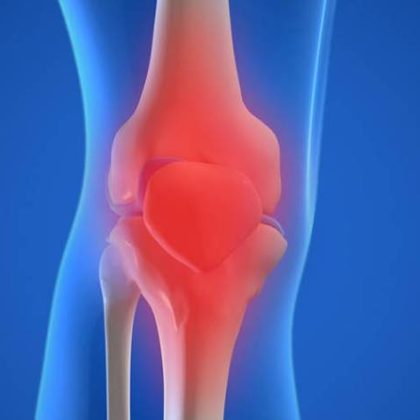Lung diseases kill millions and cause suffering to millions more. Threats to our lung health are everywhere, and they start at an early age when we are most vulnerable. Diseases of the lung and airways are the most common cause of illness in children in developed countries and a leading cause of death in children in developing areas. Fortunately, many of these threats are avoidable and their consequences treatable. By acting now, we can save lives and prevent suffering worldwide.
Five respiratory conditions account for a great burden on society. These are: 1) COPD; 2) asthma; 3) acute respiratory infections; 4) TB; and 5) lung cancer.
COPD
COPD occurs most often in patients who are over age 40 and who have a history of exposure to COPD risk factors. Worldwide, the most commonly encountered risk factor for COPD is cigarette smoking. Other important risk factors include dust and chemicals encountered on the job and smoke from biomass fuels (such as coal, wood, and animal dung) burned for cooking and heating in poorly ventilated dwellings, especially in developing countries like India. It’s estimated to be the third leading cause of death by 2020.
“People at risk for COPD should have a spirometry test to check for the disease”.
Asthma
As per the WHO report there are more than 300millinon people affected by Asthma and as per the details were given by WHO around 2,55,000 people have died because of asthma in 2005(WHO 2004). As far as India is concerned around 15 to 20 million people are affected by Asthma and around 17% of this patients have died because of Asthma as per the reports.15% of the children aged between 5 to 11 are affected by Asthma. Asthma is generally a lifelong disease that is not curable but effective treatment can alleviate the symptoms. Inhaled corticosteroids are the cornerstone of effective asthma treatment. When used appropriately, i.e. taken regularly with a spacer or other device to assist inhalation, these medicines can decrease the severity and frequency of symptoms of asthma.
Tuberculosis
In no disease is the phrase “treatment is prevention” truer than with TB. The factors promoting the spread of infection related to the chance that an uninfected individual is exposed to those with infectious TB: the more cases in the community, the more likely it is that an individual will become infected. Factors promoting the development of disease in infected individuals relate to the function of the immune system. The most potent factor is infection with HIV, but other conditions that affect immunity, such as certain medications and the presence of poorly controlled diabetes, increase the risk of developing active disease. Comprehensive public health programmes that locate cases and contacts and effectively treat TB reduce the presence of the bacteria in society and thus prevent its spread. Treatment of contacts of patients with active TB and those with latent TB that are at high risk for developing active disease, such as those with HIV, reduce the number of cases of active TB. The treatment of HIV also reduces TB.
Lung Cancer
Tobacco smoke is the cause of most cases of lung cancer. Many components of tobacco smoke mutate DNA and are carcinogenic. These effects correlate with the amount and duration of smoking. Since damage accumulates over time, lung cancer occurs years after people begin smoking. As smoking rates rise, lung cancer rates follow. Although most lung cancer is associated with smoking, it can occur in non-smokers, especially in those who are passively exposed to tobacco smoke.
How to prevent?
Public awareness and control of the environment are important steps in preventing respiratory diseases. The key controllable factors are a reduction in tobacco smoking and improvement in air quality, which includes a reduction in second-hand tobacco smoke, smoke from indoor fires, and unhealthy public and workplace air. Strengthening childhood immunisation programmes and greater availability of pneumococcal conjugate vaccine must be prioritised in low-income countries.







